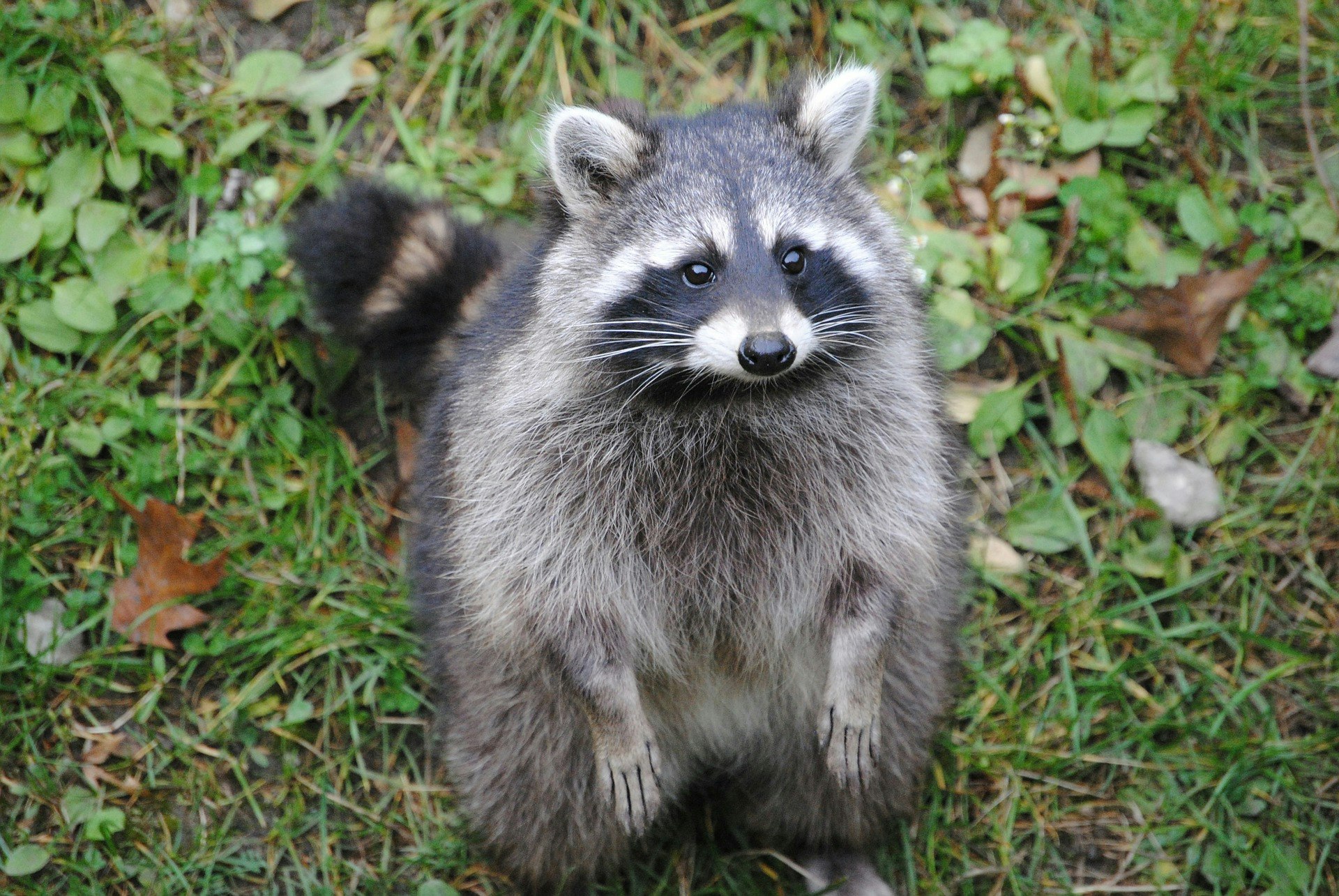If You Care, Don't Share!
10 Reasons You Shouldn't Feed Wild and Stray Animals

1. Wild animals don’t need your help.
Wild animals may show up looking for a handout, but they don’t really need help from humans to find food. Their natural diet is healthiest for them, and ‘human food’ can even make them sick.
2. Stray animals need more than a meal.
Stray animals don’t have veterinary care when they get sick, a warm place to sleep when it’s cold, or protection from people and animals that might want to harm them. Feeding stray domestic animals outside established trap-neuter-release programs allows their population to grow but still leaves them to fend for themselves.
3. Wild animals can become aggressive.
Wild animals that begin to associate people with food may become aggressive toward humans and pets, putting both their and our safety at risk. Becoming too bold around humans is a death sentence for most wild animals.
4. Feeding animals can result in disease and injury.
Wild and stray animals often congregate in large numbers around feeding areas, leading to increased disease transmission as well as injuries from fighting.
5. Animals often have parasites that can make people and pets sick.
Both wild and stray animals have a variety of parasites on and inside their bodies, like ticks, mites, fleas, and worms. Some of these parasites can also infest people and pets. For example, fleas can transmit serious diseases like murine typhus and plague.
6. Raccoons can carry raccoon roundworm.
Raccoon feces contain the eggs of a deadly parasite called raccoon roundworm. These eggs contaminate the soil and can survive for years. Both people and pets can be infected with raccoon roundworm, and there is no treatment or cure.
7. Animals can carry diseases.
Even animals that look perfectly healthy can still be infected with diseases that can infect humans or pets, such as rabies and distemper.
8. You can’t choose what you feed.
The food you put out for stray domestic animals also attracts wild animals, like rats, raccoons, opossums, and skunks. Sometimes larger predators are also attracted to the smaller animals being fed. Before long, a few cats visiting your porch can turn into many animals congregating on your property.
9. Feeding wild and stray animals is illegal.
The California Fish and Game Code prohibits feeding wild animals. You can be issued a citation and fined for feeding wildlife. Many cities also have ordinances that prohibit feeding stray animals.
10. Feeding wild and stray animals can cause conflict with neighbors.
Encouraging wild and stray animals to hang around your neighborhood can cause problems for you and your neighbors. Animals may damage property, threaten the safety of children and pets, or create noises or odors. These conflicts often end in the animals being trapped and euthanized.
Page last reviewed: October 31, 2022
